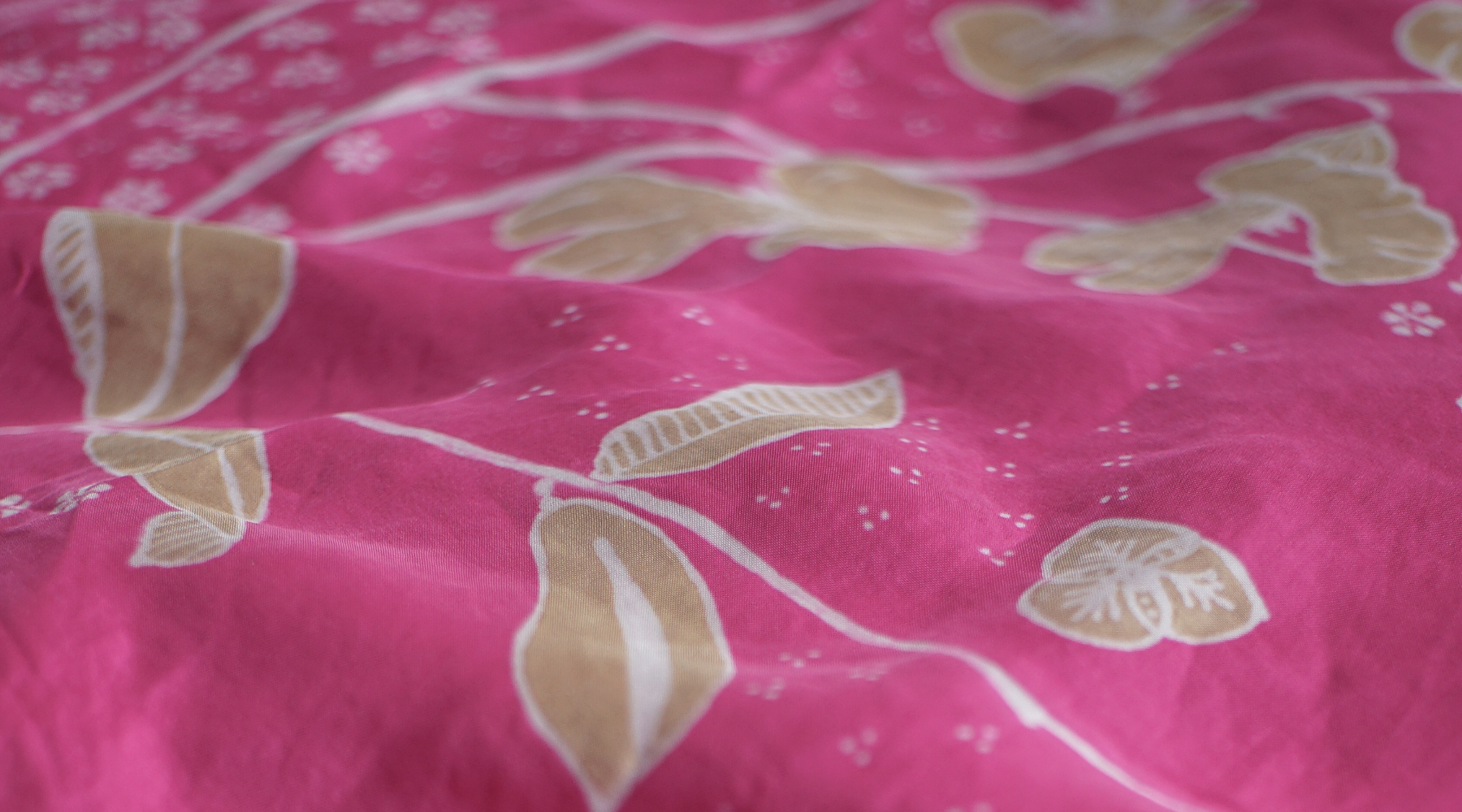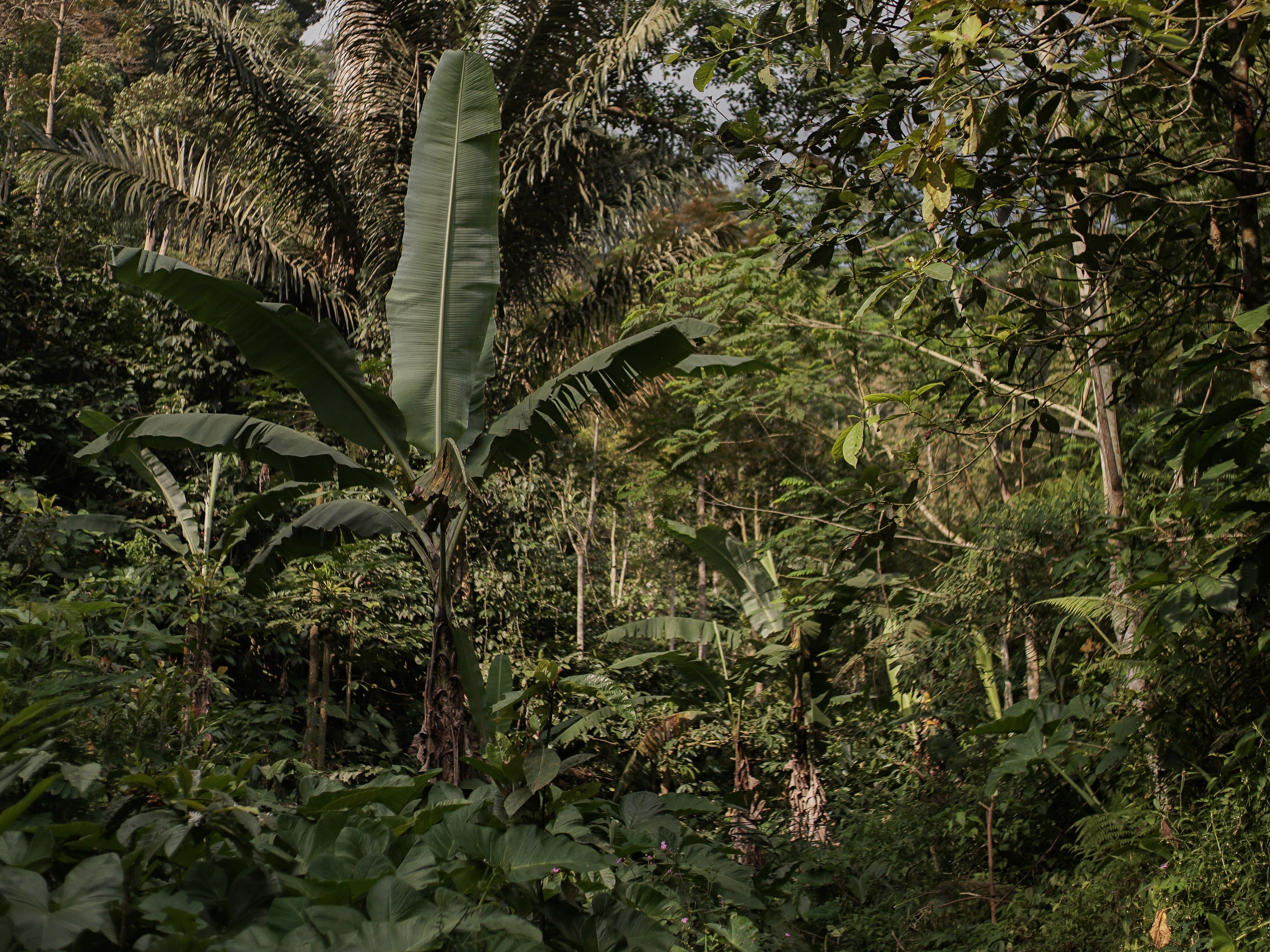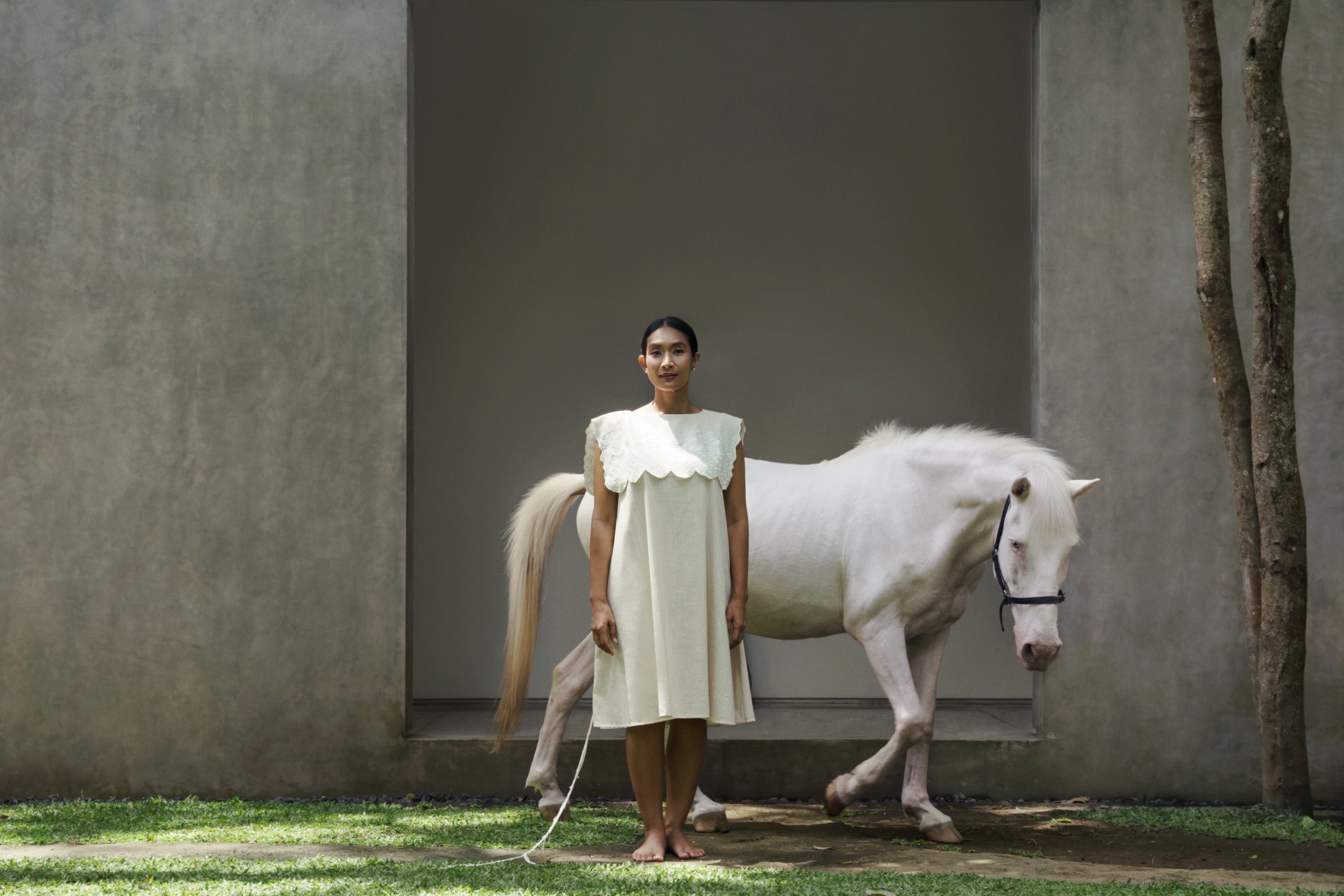
As we enter October, I want to take this time to look back and reflect on the month before. September has always been a special month in Gesikharjo village. As they prepare for the coming monsoon season, things become slower. Everywhere you walk, there is the sweet scent of flowers. Permeating the air and bringing up memories.
For me, it evokes the feeling of time. And how my perception of it has changed so dramatically since running SukkhaCitta.

As an economist, efficiency was my holy grail. Time has always been something of a constraint, and my concern has always been how we can fit more in the hours that we have. When I see a work process, my mind would automatically think of how we can make it faster.
To be (more) productive was to conquer time. To be efficient is how we win.
Little did I know that fate has other plans. That my journey for meaning would lead me to the ancient world of craft. Where time governs each process with its own rhythm and cycles.
From the four months to grow the cotton, which is only possible to plant before the rainy season begins. Five weeks to harvest, spin and weave into a fabric. Only after the fabric is done, can the Ibus draw each flower with hot beeswax that took her days to forage.
Before it’s dyed using plants grown in collaboration with her husband and the soil. Taking anywhere from two days to two weeks, depending on the weather. The more humidity is in the air, the slower an Indigo piece will dry on the line.

Completing a single Seribu Bunga fabric takes her many, many months. Tied to the cycles of Nature, but also whether she had to take a break to partake in a village ceremony. Or stop working to comfort her daughter as she returned home crying from school.
Each story becomes a thread of connection. And if you pay attention, you can almost feel it.
It is not lost on me that we can absolutely copy this motif and recreate it instead using machines. Where printing the same length would take it seconds instead of months. It is more productive, and yes, cheaper.
But by doing so, we lose this world of meanings and dynamics that govern the process of craft. And in the process, bend time to our will.
We live in a time where the measure of Success is dictated by the capitalistic notion of More. Where productivity and speed triumphs. At all costs, without asking what we lose in the process.
The perennial tension created by the constant pressures of moving forward and looking back to what was. Fast and slow. I’ve been called stupid too often for championing the latter. For being stubborn in holding on to craft – instead of going to machines. And it’s funny how 8 years ago, I would judge myself the same.

Before the Ibus taught me that what is truly valuable is invisible to the eye.
So here I am. Sitting under the trees while hearing the loud chatter of the Ibus batik-ing her very own Seribu Bunga fabric. A mixture of laughter and village gossip intertwined with her meditative concentration. Looking up only to see the full bloom of the flowers.
Not to be better than the next flower, or be lost in worry whether it’s too irrational for the impatient world of technology. Or if it’s too small to make a difference.
So, I hope you’ll be like a flower. Take up space. Show yourself.
Bloom for what you believe in. And never let others tell you otherwise.
P.S. Seribu Bunga is probably one of our most limited edition collections so far. With most being turned into a one-of-a-kind piece by Ana as we get only 2-3 fabrics a year from an Ibu. And the most varied when it comes to the color as it really depends on what plant dye is growing this season.
Your nerd,
D




